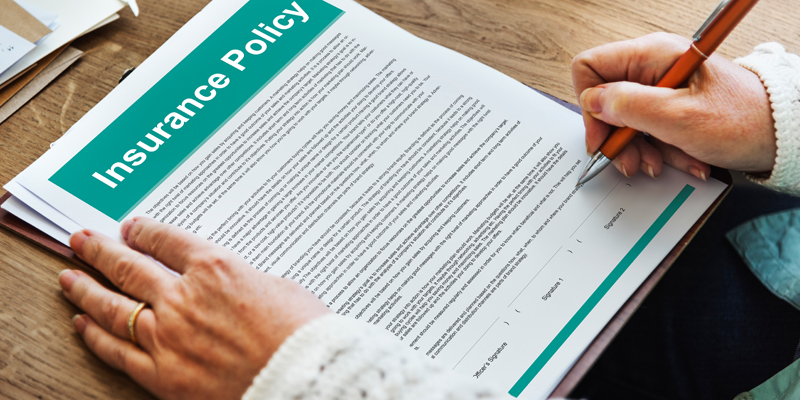Private Mortgage Insurance (PMI) often comes up when discussing homeownership, especially for buyers who don’t have a large down payment saved up. Understanding PMI can help you make informed decisions and potentially save money over time. Here’s what you need to know about PMI and its role in home financing.
What is Private Mortgage Insurance (PMI)?
Private Mortgage Insurance, or PMI, is an insurance policy that protects the lender in case a borrower defaults on their mortgage. It comes into play when a homebuyer puts down less than 20% of the purchase price. If the loan goes into foreclosure and the property’s sale doesn’t cover the remaining balance, PMI shields the lender from financial loss.
Why Do Lenders Require PMI on Low Down Payment Loans?
PMI exists to reduce the lender’s risk when a buyer makes a smaller down payment. A down payment of 20% or more gives lenders confidence that the buyer is less likely to default. When the down payment is less than 20%, lenders see a higher risk, and PMI acts as a safeguard, making it easier for buyers with limited savings to secure a mortgage.
How is PMI Calculated for Homebuyers?
The cost of PMI depends on several factors, including the loan-to-value (LTV) ratio, the buyer’s credit score, and the size of the down payment. The smaller the down payment, the higher the PMI premium is likely to be. PMI can be paid as part of your monthly mortgage payment or in some cases, as an upfront premium at closing. To get a rough estimate, expect to pay between 0.5% to 1.5% of your loan amount annually in PMI premiums.
How to Remove PMI from Your Mortgage
PMI doesn’t last forever. Once your equity in the home reaches 20%—meaning the loan-to-value ratio drops to 80%—you can request to have PMI removed. This can happen through paying down your mortgage or if your home increases in value. It’s important to monitor your home’s equity and communicate with your lender when you believe you’ve reached that 20% threshold.
